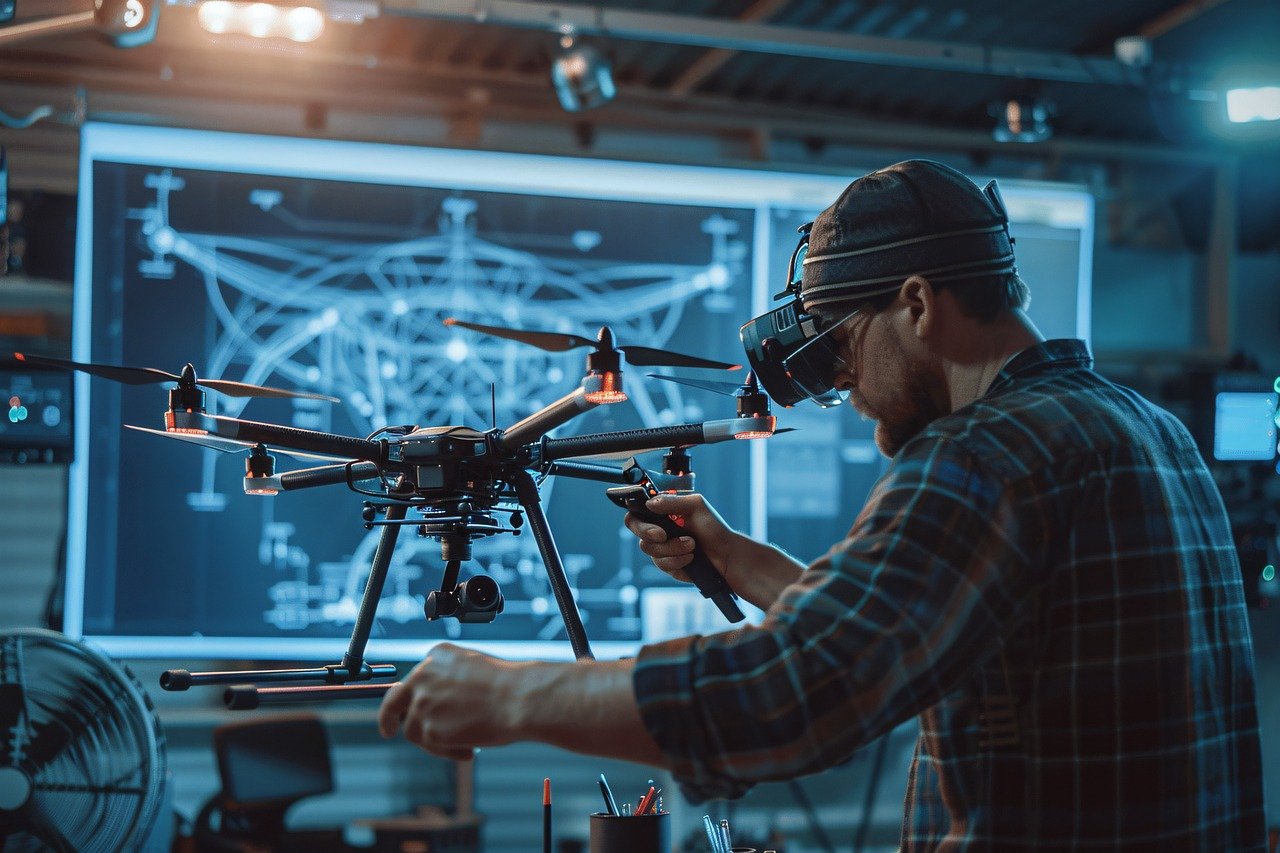
 Back
Back
Personal Development
 Vijay Sampath
Vijay Sampath
16 Sep

The world is abuzz with innovation, and engineers are at the forefront of groundbreaking advancements that promise to reshape how we live, work, and interact with our environment.
We shine a spotlight on next-generation engineering agendas pushing the envelope and driving progress in unprecedented ways. From cutting-edge atomic-level materials to breathtaking megaprojects on land and outer space, these marvels are not only transforming our world but also serving as beacons of inspiration for the future of engineering.
Join us as we celebrate the ingenuity, creativity, and sheer brilliance of engineers shaping our future, one project at a time.
The electronics and microprocessor industry is undergoing an extraordinary transformation, driven by cutting-edge hardware innovations that are reinventing the human-machine paradigm. Companies like NVIDIA are leading the charge with their advanced GPUs, designed to handle the computational demands of Quantum computing, AI, and machine learning.

Innovations in semiconductor materials, such as graphene and gallium nitride, are pushing the boundaries of performance and efficiency. Additionally, the development of specialized processors for IoT and edge computing is enabling real-time data processing and reducing latency. These advancements are not only making devices more powerful but also more energy-efficient and sustainable, paving the way for a smarter and more connected world.

Solar – Solar energy is proving to be a powerful force in the clean energy revolution. From the world’s largest solar power plant in Bhadla, India, to the concentrated solar power plants in Morocco and the United Arab Emirates, countries are harnessing the sun’s rays to power their economies and combat climate change. The remarkable efficiency gains in solar panels, combined with plummeting costs, are making solar energy an increasingly viable and competitive source of renewable power. As the world looks to reduce its reliance on fossil fuels, solar energy is poised to play a significant role in building a sustainable future for all.
Located in Rajasthan, India, Bhadla Solar Park is the world’s largest solar power project, boasting a astounding generating capacity of 2,245 megawatts. Spread over 57 square kilometers, this project is a testament to the potential of renewable energy in India
Offshore wind – Offshore wind farms, connected by underwater power grids for transmission, have the potential to revolutionize energy supply. Just offshore, these farms could meet 18 times the current global electricity demand. In India, Tamil Nadu and Gujarat coasts are the high potential locations and globally, Britain, Germany, Netherlands and other North Sea and the Baltic Sea nations, China , the U.S. East Coast are some of the hot spots for harnessing this power.

The field of additive manufacturing has seen a surge of innovation, with breakthroughs like multi-material printing, continuous fibre printing, and large-scale printing ushering in a new era of design and manufacturing. These advancements are enabling the production of complex, lightweight, and even full-size structures using a range of materials, from traditional plastics and metals to cutting-edge composites and bio-materials. As the technology continues to evolve, the possibilities are virtually limitless, enabling engineers and designers to bring even their most ambitious visions to life, including the idea of creating permanent structures on the Moon and Mars.

ICON is revolutionizing the construction industry with its Vulcan printer, capable of producing entire homes. This technology not only reduces construction time and costs but also addresses the global housing crisis by providing affordable housing solutions. The use of 3D printing in construction marks a significant shift towards sustainable and efficient building practices.
At the forefront of biomedical engineering, cutting-edge technologies like Neuralink’s interdisciplinary approach, Medtronic’s miniaturization expertise, and the Luke prosthesis’ fusion of robotics, engineering, and biomedical sciences, are paving the way for a new era of enhanced healthcare solutions that blend the best of human ingenuity and machine intelligence.
Micra – Pacemakers | Medtronic







Be inspired. These innovative engineering projects are more than just technological marvels; they are harbingers of a new era, promising to make our world more connected, sustainable, and advanced. As these projects continue to develop, they will undoubtedly inspire the next generation of engineers to dream bigger and achieve more.
Also read: From traditional to futuristic: How engineering careers are transforming
Also read: Technological advancement, need for sustainable solutions: Why core engineering careers are thriving
Also read: 12 great podcasts for the curious engineer
To read more from our series on careers for core engineering professionals, click here.